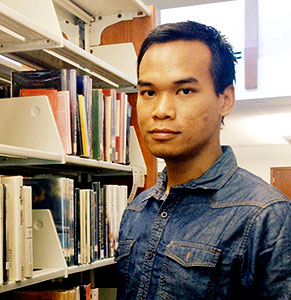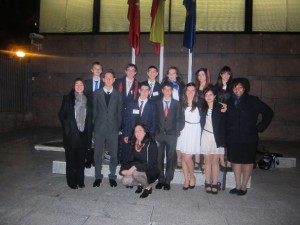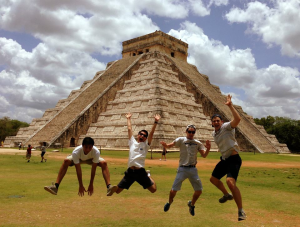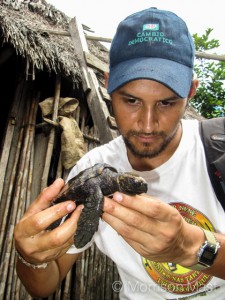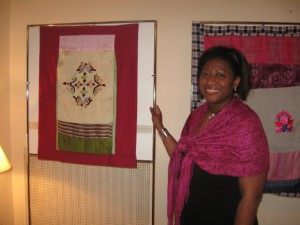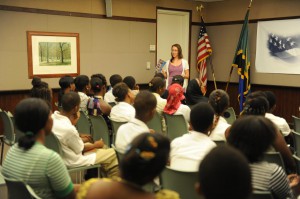
Lauren Gaydosh, 2012-2013, Tanzania, leading a film discussion in celebration of Women’s History Month at the Embassy of the United States in Dar Es Salaam, Tanzania
When considering applying to the Fulbright U.S. Student Program, I was skeptical of my chances. After all, I did not fit what I thought was the typical Fulbright profile. I was, however, awarded a Study/Research grant to Tanzania for 2012-2013. Through my Fulbright tenure and involvement as a Fulbright Alumni Ambassador, I have come to appreciate that there is no prescribed profile that Fulbrighters must fit. Here are five reasons why I was sure Fulbright wasn’t for me, and why I was wrong!
1. I’ve had too much experience abroad.
Before researching the Fulbright, I thought it was a program aimed at providing international experiences to Americans with no previous experience abroad. Prior to my Fulbright tenure, I traveled across Europe and Africa and lived for two-and-a-half years abroad. Successful Fulbright candidates can have a wide range of international experience, from never having left the United States, to having lived and worked extensively abroad.

